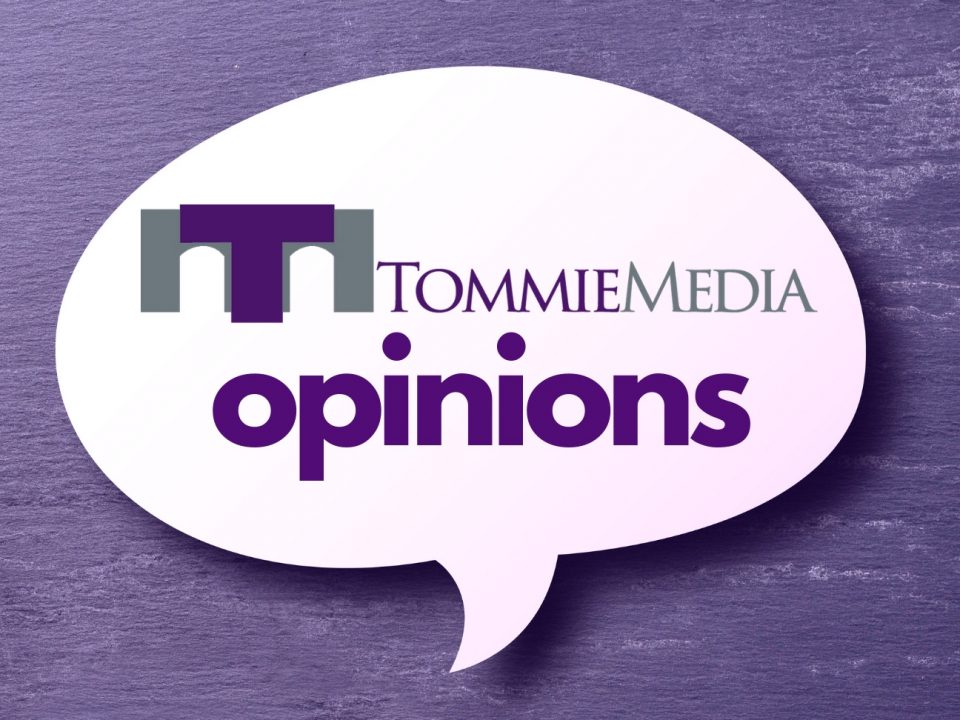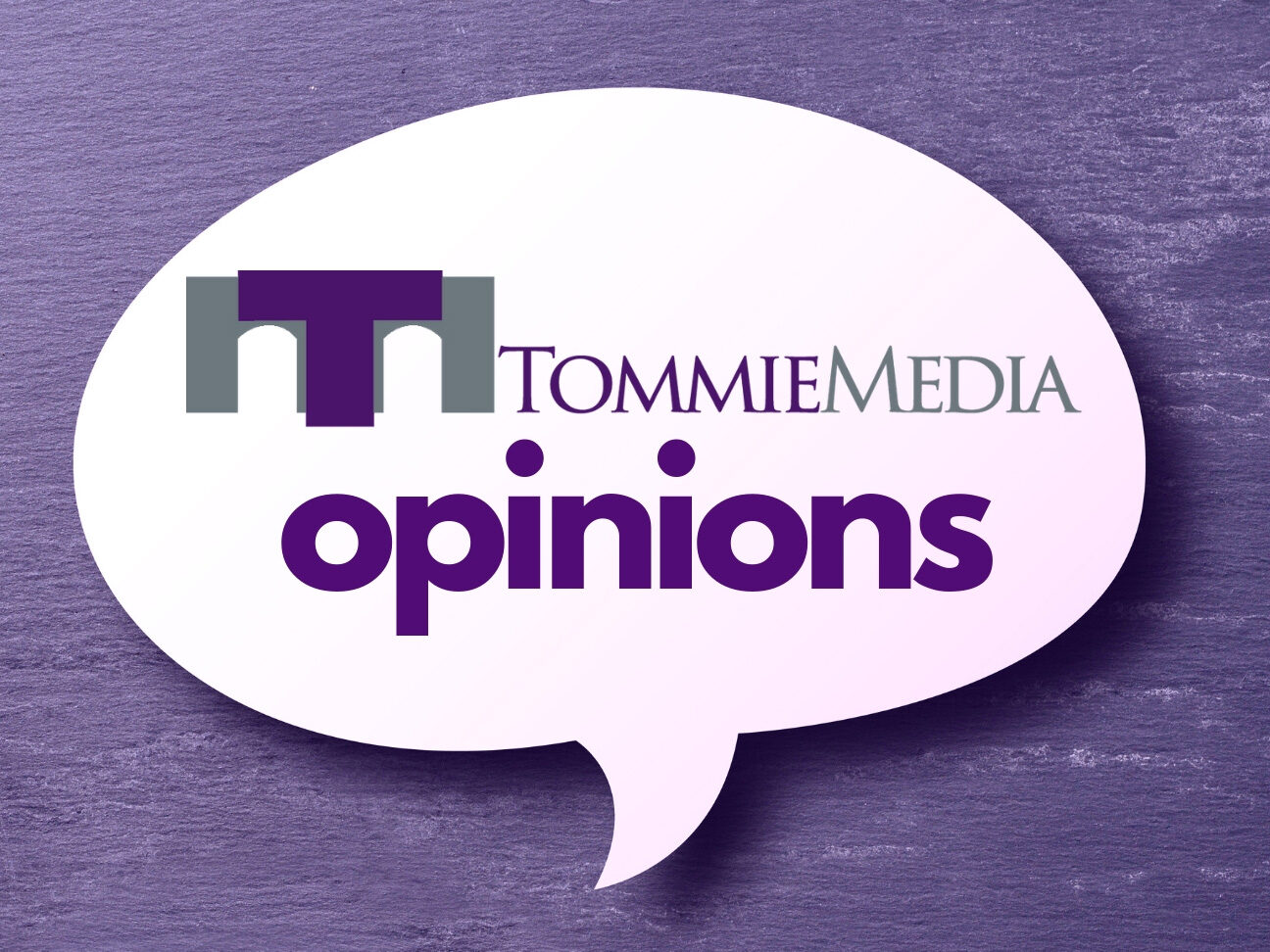
States have started reporting the demographic data of who is getting sick with COVID-19, and minority groups, especially African Americans, are being affected disproportionately. No, the virus isn’t racist. But our societal structure may be.
The Washington Post reported that, as of the end of April, African Americans in Illinois accounted for 38.1% of deaths and 24.2% of confirmed cases of the disease, but only 13.2% of those tested were black. Nationwide, counties with a majority of African American residents had three times the infection rate and almost six times the death rate, compared to majority-white counties.
With this data, it’s possible for the public to increase racial discrimination against these minorities, as it did against Asian Americans. Necessary medical equipment and funding might be steered away from these populations with lower rates of recovery and towards those with a greater statistical chance of getting better.
But the disproportionate numbers don’t mean that minorities are the ones carrying the virus. Rather, the data shows how much “social determinants” of health come into play. These social determinants include access to high quality jobs, health care services and quality neighborhoods.
One reason why these communities are more affected by the virus is that minorities make up a large portion of essential workers, like grocery clerks, public transit employees and healthcare workers. Due to the necessity of their job, these workers are unable to stay at home, and many may need to keep working due to their economic status. In the latter case, if they need that job to get by, staying home isn’t an option for them.
With the legacy of residential segregation in many cities, these workers may be more likely to live in densely populated areas, thus having a harder time social distancing. This could amplify the spread of COVID-19 in their communities.
At the same time, minority neighborhoods are more likely to be farther from grocery stores and medical facilities as compared to majority white neighborhoods. If someone in the community gets sick, they may find it more difficult to receive care and stock up on essentials that would allow them to stay home.
Additionally, more black and hispanic families live in multigenerational households than white families, which makes it more difficult for COVID-19 patients to self-isolate at home.
Access to quality care also makes a difference. Hispanic and African American populations have a lower likelihood of being insured, which would make them less likely to pursue health care because of the high cost. Lack of access is also worsened by distrust of the health care system, language barriers and economic fallback from missing work.
The pandemic has further exposed the structural racism in society. The examples I mention here are only some of the ways our society stacks the deck against minorities. Problems persist within the justice, prison, educational and economic systems―to name a few.
The nation’s shutdown offers us a unique opportunity to restructure our society in a way that benefits everyone, not just those with lighter skin.
The first step to inciting change is acknowledging that the inequalities exist. It’s time for lawmakers to own up to the flaws in the system, and it’s time for us to demand that they enact policies to change it.
Kayla Mayer can be reached at maye8518@stthomas.edu.




There are so many illogical hasty generalizations made here by really misinterpreting statistics, almost to the point of just plain dishonesty.
Class warfare. No insights, nothing to elucidate “inherent structural racism” in medicine. Straw man argument.